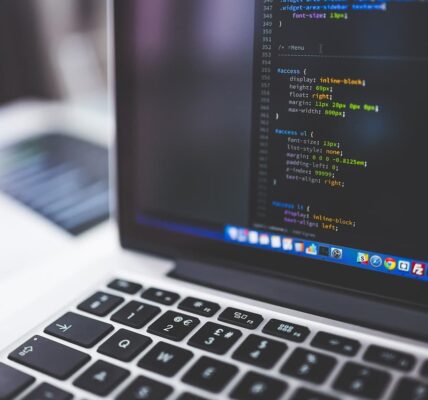Low-level languages are designed to create machine commands for processors. Languages such as: Assembler and CIL.
Low-level languages were oriented to a certain type of processor and took into account its features, so in order to transfer a program written in assembler to another hardware platform it had to be almost completely rewritten. Differences also existed in program syntax for different compilers. Languages of low level are used mainly for writing small system programs, device drivers, modules of joints with non-standard equipment, programming of specialized microprocessors, when compactness, performance, and the possibility of direct access to hardware resources are important.
High-level programming languages
Features of specific computer architectures are not taken into account in them, so created applications are easily transferred from computer to computer. In most cases it is sufficient to simply recompile the program for a particular computer architecture and operating system. Developing programs in these languages is much easier and fewer errors are allowed.
High-level languages are created for convenience and greater efficiency of applications, they are the exact opposite of low-level languages. Their distinctive feature is the presence of semantic constructions which succinctly and briefly describe the structures and algorithms of programs.
The list of high-level programming languages: C, C#, “Fortran”, “Pascal”, Java are among the most used high-level syntaxes.
Nonprocedural languages
Non-procedural languages constitute a group of languages describing the organization of data processed according to fixed algorithms (tabular languages and report generators) and languages for communication with operating systems.
Allowing a clear description of both the problem and the actions necessary to solve it, decision tables make it possible to clearly define which conditions must be met before proceeding to any action. One decision table describing a certain situation contains all possible implementation flowcharts of solution algorithms.
Tabular methods are easily mastered by specialists of any profession.




